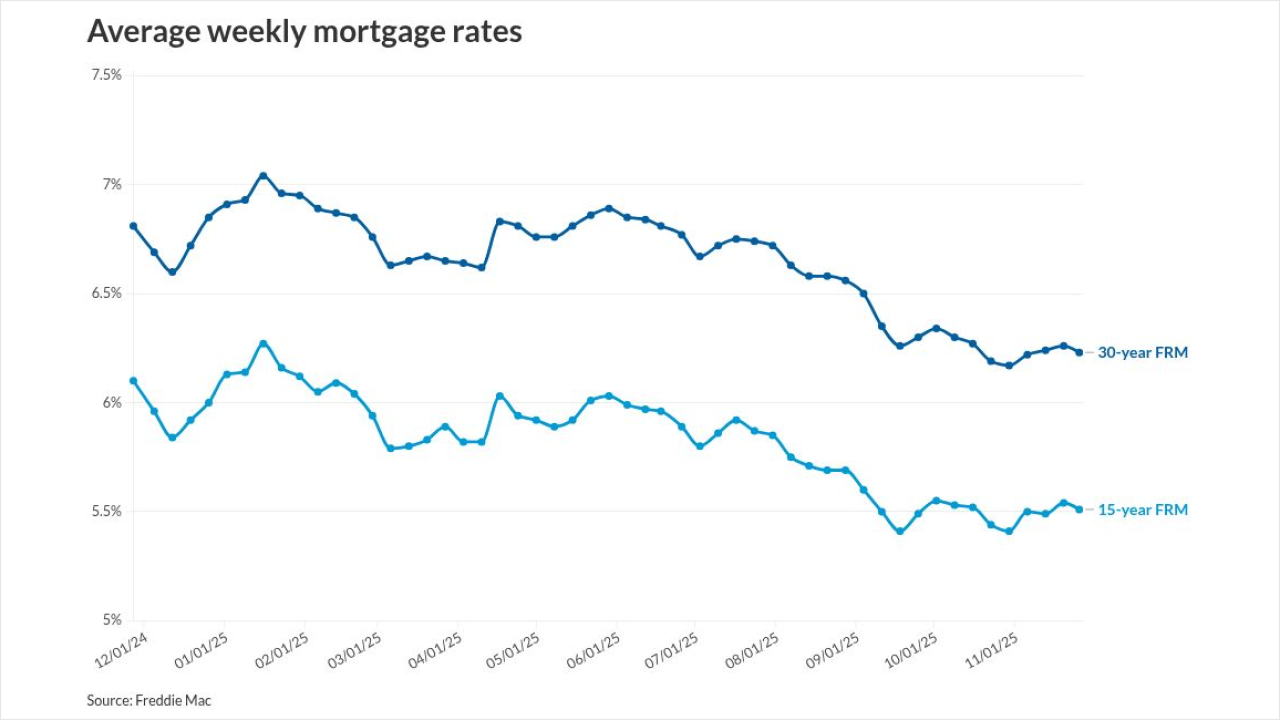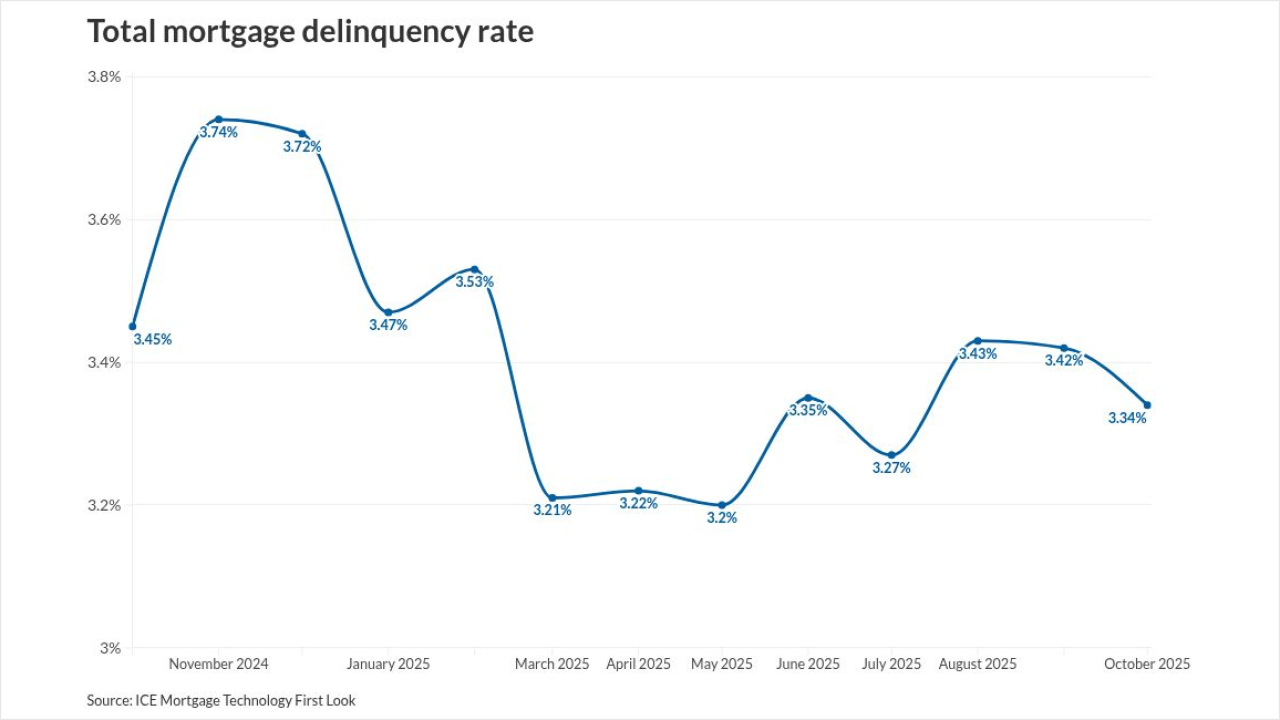Societe Generale (SocGen) began integrating its collateralized loan obligation (CLO) and middle -market (MM) financing businesses in mid-2023 and finalized the initiative last year. During that period, it built up a pipeline of broadly syndicated loan (BSL) and MM CLOs as well as a sufficient balance sheet to provide multiple forms of leverage to support the vehicles managed by MM clients. The effort paid off in 2024, when the Paris-headquartered bank printed 35 CLOs, up from 10 in 2023, of which 20 were BSL CLOs and 15 were MM loans. The increase was fueled by last year's record overall transaction volume and the merged business's streamlined decision-making process that enabled clients to quickly access the market.
"The two businesses are meant to complement one another. If there is a slowdown in capital markets activity, clients can pivot to bank-financing as an attractive alternative," said Alexei Yegorov, Americas head of CLO banking and deputy head of SocGen's distribution and credit solutions loan chain, which houses both the CLO and direct lender financing businesses. He reports to Mark Lacerenza, head of structured credit syndicate.
A lot of clients are saying it feels like Q5 of 2024—still a lot of demand from investors for CLO paper.
Yegorov moved over to SocGen in June 2021, after holding various CLO banking positions at Natixis and Nomura over the previous 11 years. He recently spoke to Asset Securitization Report (ASR) about issues CLO market participants face this year.
ASR: What do you see as the CLO market's key issues today?
Yegorov: A lot of clients are saying it feels like Q5 of 2024—still a lot of demand from investors for CLO paper. And we continue to see a lot of investors looking to increase their exposures to MM CLOs, even as spreads have continued to compress this year. We ended 2024 with middle-market CLO triple-As (AAAs) at Secured Overnight Financing Rate (SOFR)+147, and in 2025 SocGen completed a new-issue MM deal for Golub Capital Partners at SOFR +138.
In addition, the basis between BSL and MM triple-A [bonds] continues to narrow. The basis, historically around 35 basis points, increased to around 75 basis points in 2022 and 2023, and in 2024 it tightened to 23 basis points. We think it could compress further as more investor dollars seek MM CLOs.
ASR: Will the BSL and MM CLO markets merge?
Yegorov: There will continue to be some distinction between the two CLO markets given the difference in the underlying assets being securitized. The upper part of the MM space--$150 million EBITDA and up—competes with the BSL market for assets. With some issuers now able to bring very diverse portfolios of around 200 obligors in each vehicle, they could look very much like BSL CLOs over the long term. But the traditional MM space, financing companies with $75 million in EBITDA or less, has fewer obligors—50 to 70—and the underlying assets are different.
The investor bases have certainly begun to converge, and we are seeing a lot more crossover investors in the space who now play in both BSL and MM CLOs across the capital structure.
ASR: How much further could BSL spreads tighten?
Yegorov: We printed two deals on December 19, one at 126 basis points over SOFR for AAA bonds, and the other at 124 over SOFR, and those were the tightest of the year at that time. In the first few weeks of 2025, spreads came in nine or 10 basis points, so they're now generally at 114. A couple of deals have printed inside that, although in the last two weeks AAA spreads have backed up a few basis points in response to a large amount of CLO supply. We are watching the supply technical closely to assess the direction of the market from here.
ASR: Have quickly growing CLO ETFs impacted CLO spreads?
Yegorov: They're a complimentary factor; not the main one. There's definitely room for CLO ETFs to become a more meaningful part of the CLO market, giving a broad class of investors access to the asset class. We're seeing innovations in the CLO ETF space, with some funds focusing on mezzanine tranches as opposed to AAAs. In the fourth quarter, a number of providers launched private-credit CLO ETFs, a first in the market.
ASR: The European CLO volume increased significantly last year and included its first middle-market CLO. What is your 2025 outlook?
Yegorov: We're predicting a strong year again in Europe, consistent with the view of reaching $100 billion [in volume]. We anticipate more MM CLOs, although Europe faces two constraints: One, its direct lending market is not as large as the U.S.'s, so there's a general scarcity of assets to build diversity; and two, the multicurrency aspect poses a challenge. However, we've had conversations with the big direct lenders in the U.S. who are looking to build a similar market in Europe, so we do anticipate more MM activity there once the underlying asset market grows further.
Everyone is watching the current administration and how its policies, to the extent they're clarified, impact inflation and the economy.
ASR: What key risks does the CLO market face now?
Yegorov: Everyone is watching the current administration and how its policies, to the extent they're clarified, impact inflation and the economy. The resilient job market numbers point to higher costs, and tariffs seem to be going back and forth, week over week. The lack of clarity increases risk, but it takes a long time to play out. Nothing is disrupting the market now, but there are a lot of inputs to watch for.
ASR: What are some of those inputs?
Yegorov: CLOs are a derivative of their underlying [loan] assets, so we're keenly watching--both as a capital markets desk and a lender—what clients are originating, the speed, and the type of collateral. Last year wasn't a strong year for new asset origination, so in light of current government policies and likely deregulation, are we going to finally see a resurgence in M&A and new asset creation?
ASR: And if rates remain high or trend higher?
Yegorov: Higher rates have been a key focus for a few years, with CLO managers themselves making extensive efforts to quantify and mitigate that risk. In a lot of cases, we've seen sponsors step up if they think higher rates will adversely impact a company's performance and sell assets, retool management, and/or inject cash. So our expectation as both a capital markets desk and lender, and supported by data, is that sponsors will take a lot of steps to shore up this risk. Their portfolios have performed above expectations. Nevertheless, higher rates, and especially how they will continue to impact the performance of the underlying companies, is definitely a risk to watch out for.
ASR: How do you see LMEs impacting the CLO market?
Yegorov: LMEs have been a consistent topic of discussion in most diligence sessions we have arranged between our CLO managers and investors over the past year. At least in the context of "lender on lender" violence, LMEs are significantly more common in the broadly syndicated market than in the middle-market space. Several drivers for this include: smaller, clubbier lender groups, and additional lender protections in the documentation. In the BSL space, we have seen managers address LMEs in their overall initial and ongoing portfolio diligence and monitoring processes, including being hyper focused on anticipating potential LME situations and reacting accordingly.






